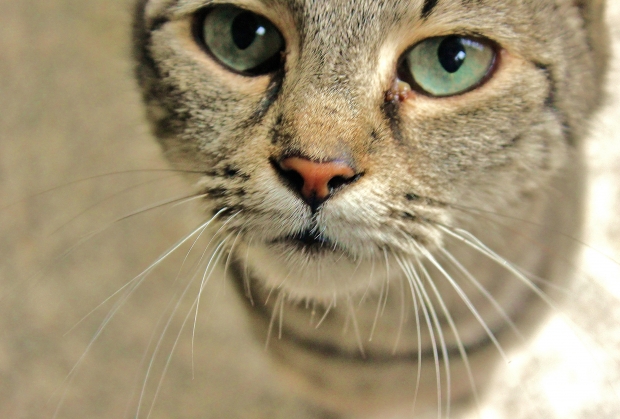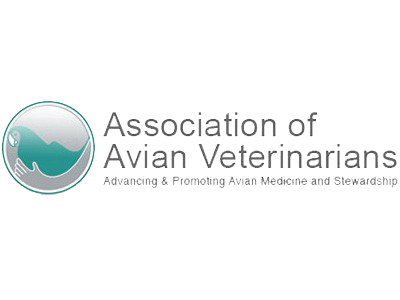 Does this cold winter weather of you and your pet feeling a little antsy? If you’re used to spending time outdoors, then chances are you’re both probably starting to feel a little restless by now.
Does this cold winter weather of you and your pet feeling a little antsy? If you’re used to spending time outdoors, then chances are you’re both probably starting to feel a little restless by now.
Making an effort for both you and your pet to stay indoors this winter is great for the mind and body. Your pet will enjoy and appreciate the chance to play and be able to stay active and healthy at the same time. Here are a few ideas to get you started.



























